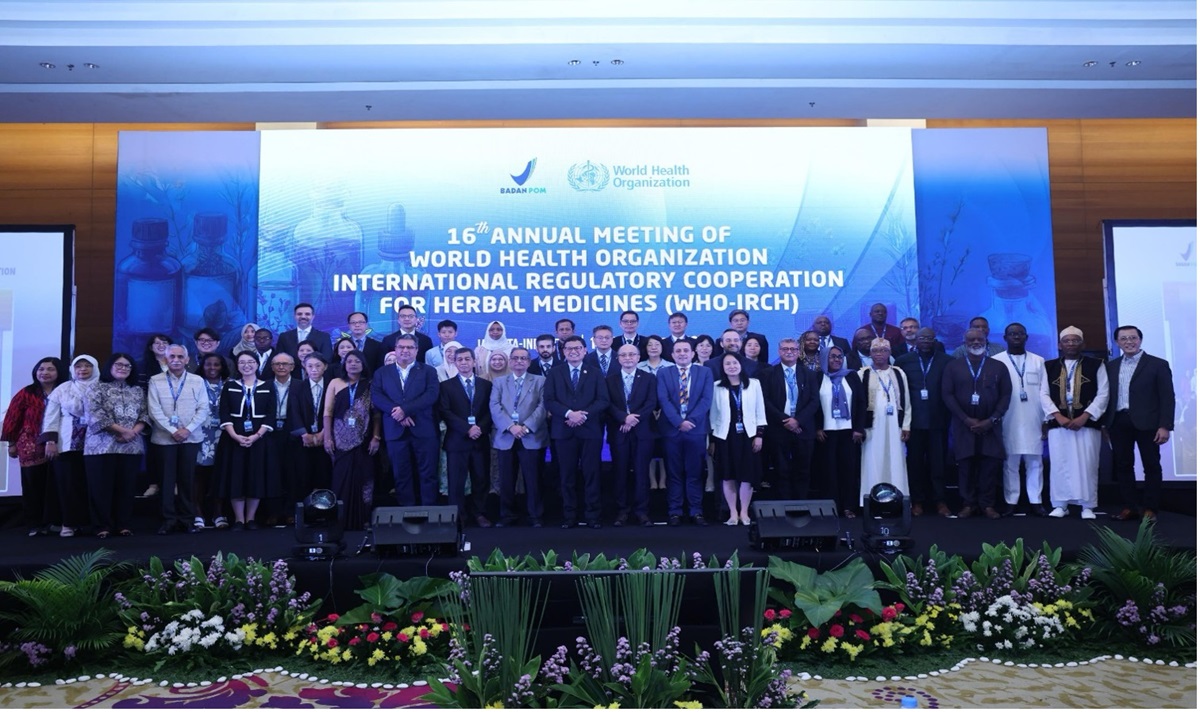Pertussis Surveillance and Trends | Whooping Cough

Recent trends
Reports of pertussis cases were lower than usual during and immediately following the COVID-19 pandemic. However, the United States has returned to pre-pandemic patterns where more than 10,000 cases are typically reported each year. It’s likely mitigation measures used during the pandemic (e.g., masking, remote learning) lowered transmission of pertussis.
Local and state health departments are familiar with these patterns. They’re also efficient at responding to increasing pertussis cases and implementing appropriate control strategies.
2024
In 2024, reported cases of pertussis increased across the United States. Preliminary data show that more than six times as many cases were reported in 2024 compared to 2023. The number of reported cases in 2024 was higher than what was seen in 2019, prior to the pandemic. Case counts will likely change as CDC finalizes the data.
2025
Reported cases of pertussis have been trending down since a peak in November 2024. However, preliminary case report numbers remain elevated in 2025 compared to immediately before the pandemic.
Antibiotic-resistant Bordetella pertussis
To date, reports of antibiotic-resistant B. pertussis have been rare in the United States. However, resistance to macrolides, a class of antibiotics commonly used to treat pertussis, is becoming more common in certain countries. For example, most pertussis samples in China are now reported as macrolide-resistant, along with an increasing number of macrolide-resistant samples tested in Peru.
In 2024, macrolide-resistant cases were also reported in several regions globally.
CDC closely monitors B. pertussis antibiotic resistance in the United States by testing isolates from CDC’s Enhanced Pertussis Surveillance.
Vaccination is the best way to prevent pertussis. However, as typical infection patterns return to the United States, CDC expects pertussis cases to increase both in unvaccinated and vaccinated populations. Pertussis occurs in vaccinated people since protection from vaccination fades over time.
Data systems
National Notifiable Diseases Surveillance System
Pertussis is a nationally notifiable disease.
Healthcare providers should notify the appropriate health department of all patients with suspected pertussis.
Diagnostic laboratories should notify health departments of all positive pertussis laboratory results.
State health departments then report pertussis cases to CDC through the National Notifiable Diseases Surveillance System (NNDSS). NNDSS is useful for monitoring epidemiologic trends in disease over time.
Enhanced pertussis surveillance
CDC partners with seven states participating in the Emerging Infections Program network to conduct enhanced pertussis surveillance (EPS). This network also conducts surveillance on other Bordetella species.
EPS sites
- Conduct enhanced case ascertainment and augmented data collection.
- Collect isolates and specimens for further characterization at CDC.
- Provide infrastructure for conducting pertussis special studies.
This additional information goes beyond what CDC receives through NNDSS.
How the data are interpreted
Pertussis cases before widespread vaccination
In the 20th century, pertussis was one of the most common childhood diseases and a major cause of U.S. childhood mortality. Before the availability of a pertussis vaccine in the 1940s, public health experts reported more than 200,000 cases of pertussis annually.
Pertussis cases from the 1940s to 1980s
Widespread use of pertussis-containing vaccine in children began with the introduction of the diphtheria, tetanus toxoid, and whole-cell pertussis (DTP) vaccine in 1948. By 1980, there were less than 2,000 pertussis cases reported annually, a 99% reduction since the pre-vaccine era.

Pertussis cases since the 1980s
During the 1980s, pertussis reports began increasing gradually, leading to a peak in 2012 with 48,277 reported cases. Since then, reported cases remained elevated until the start of the COVID-19 pandemic in 2020.
Several factors likely contributed to the increase in reported cases, including
- Improved recognition of pertussis by healthcare providers
- Greater access to and use of laboratory diagnostics
- Increased surveillance and reporting to public health departments
- Waning immunity from acellular pertussis vaccines
Infants experience highest incidence
Infants under one year old are at greatest risk for serious disease and death because their immune systems are still developing. This age group continues to have the highest reported rate of pertussis.

Data reporting
NNDSS
View NNDSS infectious disease data tables.
Pertussis surveillance reports
View pertussis data, including case counts and incidence by state and age, DTaP vaccination history of cases, and pertussis-related deaths.
These and older surveillance reports can be found at CDC Stacks.
link








